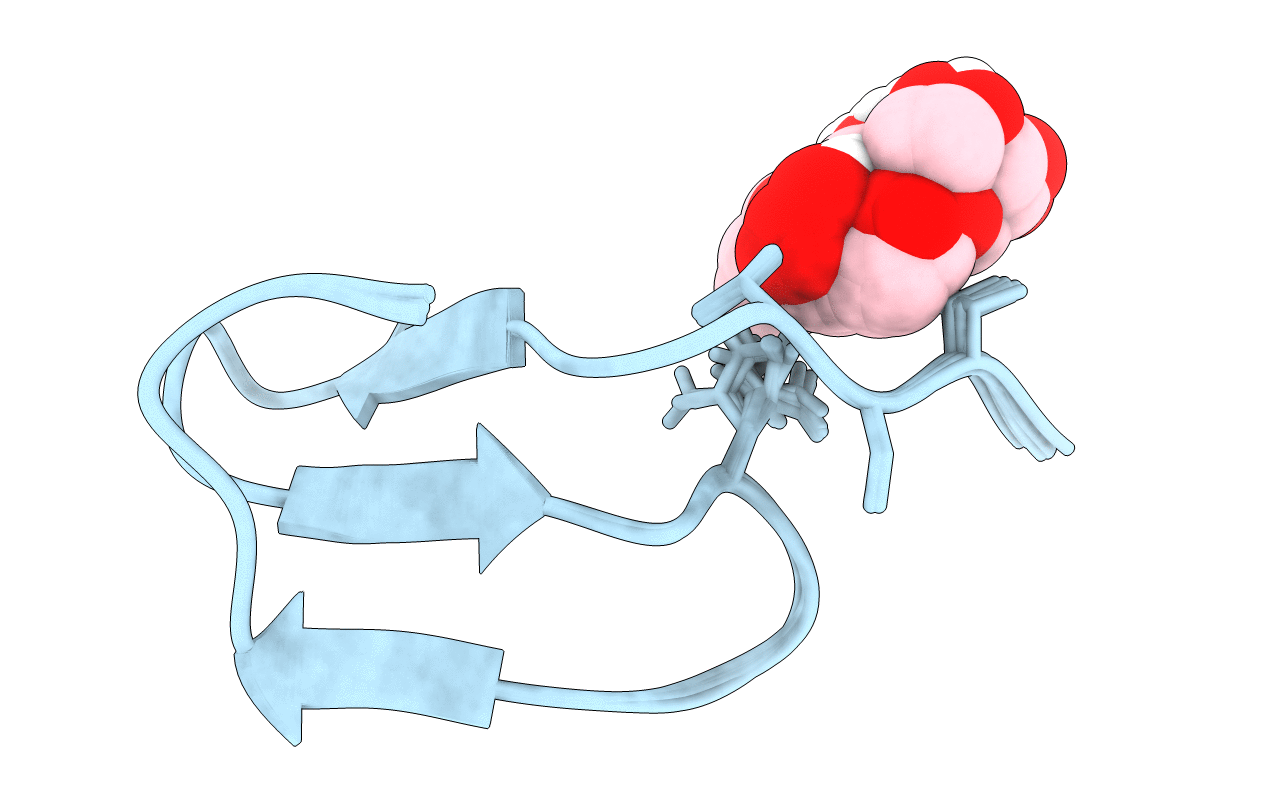
Deposition Date
2006-06-27
Release Date
2007-02-27
Last Version Date
2024-11-06
Entry Detail
Biological Source:
Source Organism:
Corynespora cassiicola (Taxon ID: 59586)
Host Organism:
Method Details:
Experimental Method:
Conformers Calculated:
30
Conformers Submitted:
20
Selection Criteria:
structures with the lowest energy


